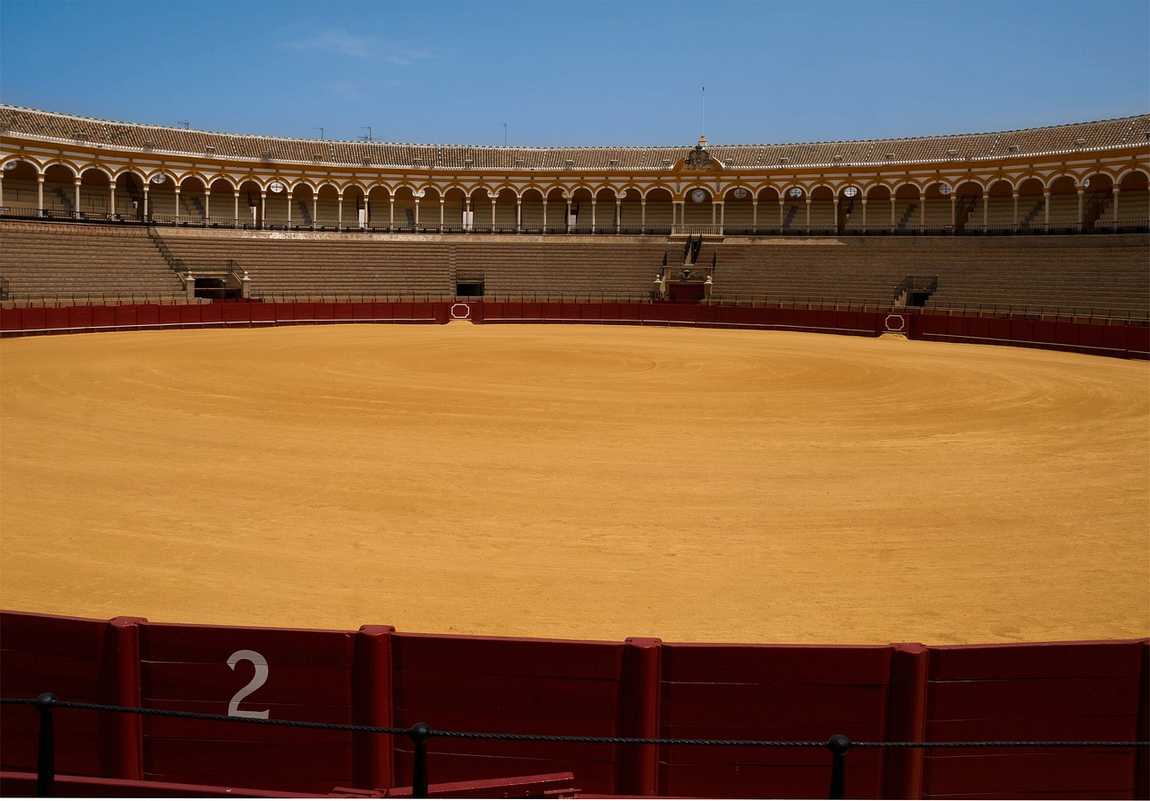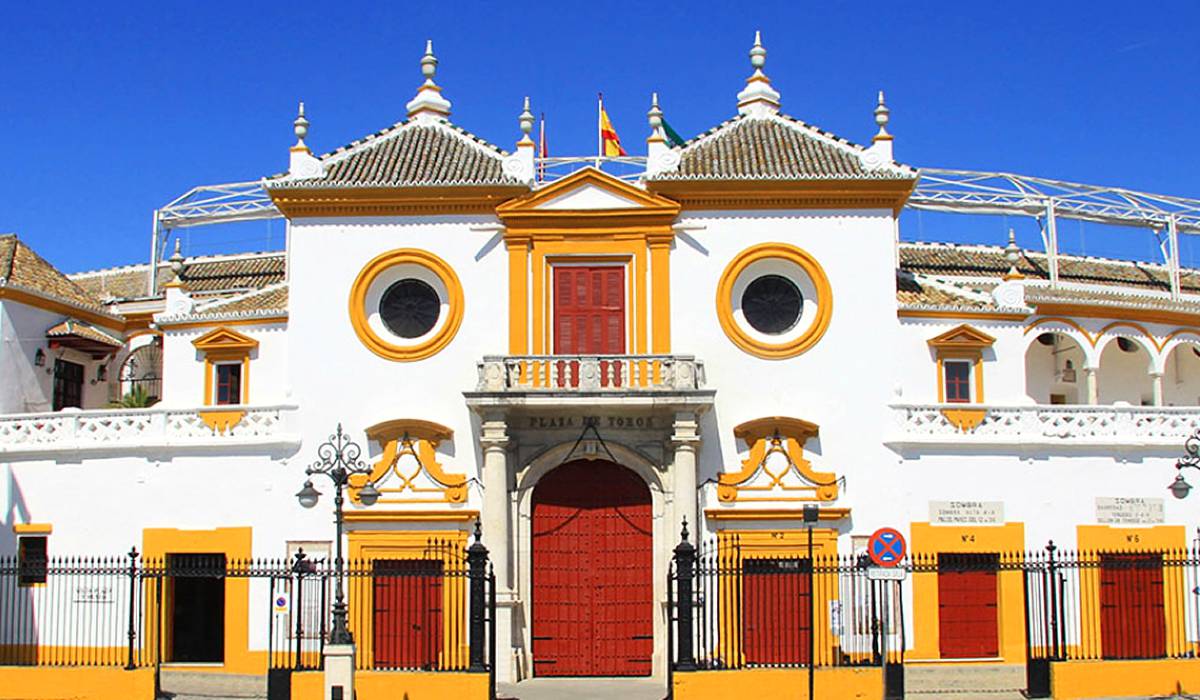Anyone who has ever seen a bullfighter's graceful dance moves in front of a furious bull would agree that bullfighting is an art form. The Spanish people have dedicated their paintings to bullfighting (Lorca's poems, Goya's etchings, Picasso's paintings), and ordinary Spanish people love it, literally, and are typically carried along by the illustrious matador. But those who come to Spain with children are unlikely to want to take a child to a bullfight. You can, however, visit the bullfighting museum. One of the best museums devoted to the art of bullfighting is in Seville.
The first thing you see is an empty arena sprinkled with yellow sand, five gates closed for the time being, and an arena of seats for spectators. On bullfighting days, there are 12,000 spectators. The bullfighters enter the stadium through one gate and the bull from the other. There is a separate exit for the victorious bullfighter. Guides will explain the order of the fights, the arena structure, the grinding of skills and the most spectacular duels. The tour lasts about 20 minutes and is conducted in Spanish and English.

Then you will go directly to the building of the bullfighting museum in Seville. The museum's exhibits are mainly pictorial paintings depicting the matador and the bullfighting. The images of bulls can be found next to the portraits of the bullfighters. And no wonder: the most beautiful and strongest animals are selected for the fights. There are also showcases of bullfighting outfits, cape coats and everything needed for bullfighting. Children will be fascinated to learn about the daily routine of the bullfighters. Adults will know the expression 'two ears and a tail'.
After visiting the museum, you might want to see the bullfights with your own eyes. Bullfighting in Seville occurs between April and October when many spend holidays with their children on the Costa del Sol.











